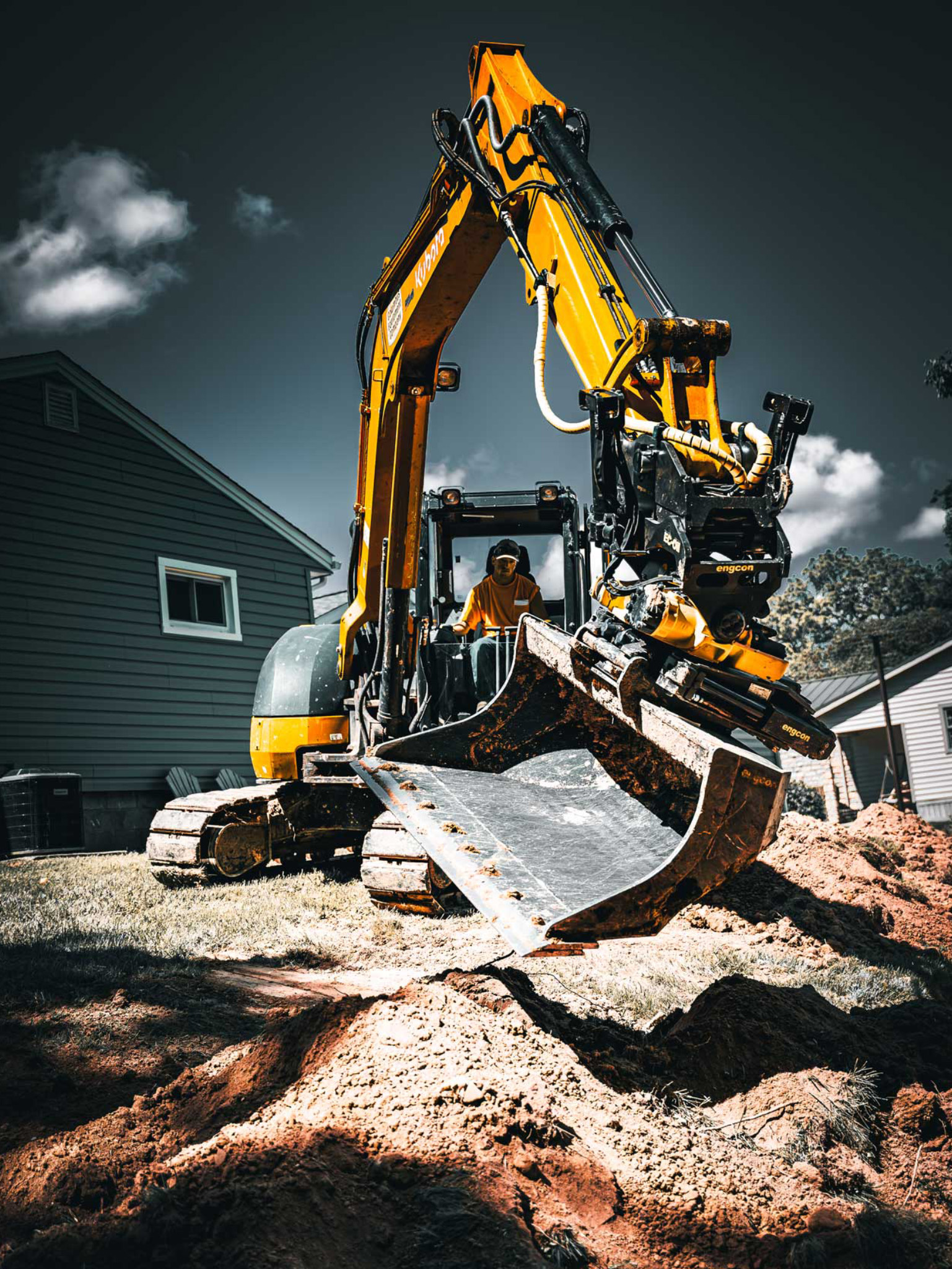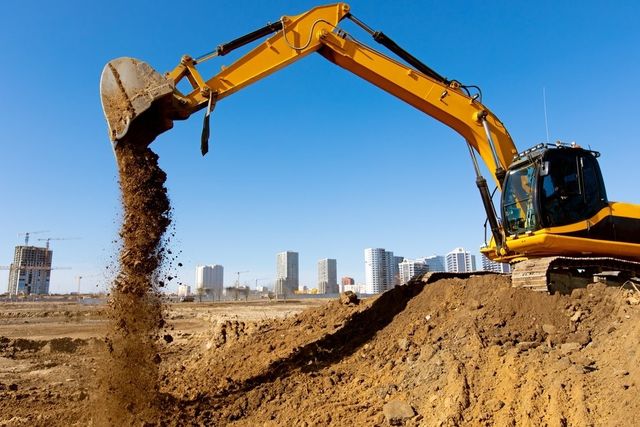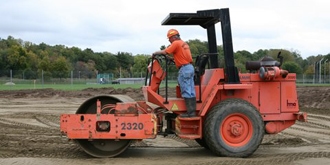Specialist Septic Ohio - Relied On Septic Tank Professionals in Ohio
Specialist Septic Ohio - Relied On Septic Tank Professionals in Ohio
Blog Article
Extensive Exploration: The Science Behind Superior Excavation Practices
The realm of excavation practices is a domain name where science intertwines with workmanship to uncover the enigmas concealed under the earth's surface area. From ancient hand devices to modern-day hydraulic excavators, the evolution of excavation techniques has been a testament to human ingenuity and technological innovations. Nevertheless, what truly establishes premium excavation techniques apart is a deep understanding of geological principles, coupled with the usage of sophisticated devices and methods. By checking out the scientific research behind these techniques, we can uncover the keys that exist below our feet and value the accuracy and know-how that go into every dig.
Development of Excavation Strategies
Throughout background, the advancement of excavation strategies has played a vital function in progressing building and construction techniques and historical discoveries. From the simple devices used by our ancestors to the innovative machinery employed in modern times, the development of excavation methods has actually substantially changed how we come close to various tasks.
In old times, manual work with standard tools such as shovels, wheelbarrows, and pickaxes was the main method of excavation. This labor-intensive process limited the deepness and extent of excavations, commonly causing sluggish progress and limited accessibility to specific sites. As civilizations advanced, so did the methods and devices utilized for excavation.
The Industrial Change noted a transforming point in excavation methods with the intro of steam-powered equipment. In contemporary times, innovation plays an essential duty in excavation, with developments like GPS systems, drones, and 3D scanning improving precision and efficiency in the field.
Role of Technology in Excavation

The combination of advanced modern technology has basically reinvented the area of excavation, improving precision and effectiveness to unprecedented degrees - lancaster excavation. One of the crucial technological improvements that has substantially impacted excavation practices is the usage of General practitioner systems.
Additionally, the arrival of 3D modeling and simulation software application has structured the planning process for excavation tasks. Engineers and drivers can now visualize the whole excavation process before beginning, enhancing and recognizing potential difficulties operations. In conjunction with this, the application of drones in excavation activities has actually promoted aerial surveys, volumetric measurements, and site examinations with unequaled speed and precision.
Geological Principles in Excavation
An understanding of geological principles is necessary for making certain the structural integrity and security of excavation sites. Geological aspects play an essential function in figuring out the usefulness and safety and security of excavation tasks (dump truck companies in ohio). One vital geological concept to consider is the sort of soil or rock present at the site. Different soil types, such as gravel, clay, or sand, have differing degrees of security and need various excavation strategies. As an example, natural soils like clay may call for additional assistance to prevent collapses, while sandy dirts might be susceptible to erosion during excavation.
By conducting extensive geological informative post surveys and analysis, excavators and engineers can establish strategies to reduce threats and ensure the successful completion of excavation tasks. Ultimately, integrating geological concepts into excavation methods is critical for achieving secure, efficient, and lasting outcomes.

Newest Tools for Excavation
In the realm of excavation methods, contemporary advancements in devices have reinvented the performance and accuracy of excavation procedures. Among the most current devices making waves in the market is the use Find Out More of drones geared up with sophisticated imaging modern technology. These drones can give thorough airborne studies of excavation sites, providing real-time data on topography and potential threats. This information help in far better preparation and decision-making during the excavation process.
One more cutting-edge tool gaining appeal is the application of 3D printing technology for developing personalized excavation devices. This allows for the manufacturing of specialized tools that are customized to the specific requirements of a task, boosting effectiveness and lowering downtime.
Moreover, developments in materials scientific research have actually caused the growth of stronger and a lot more sturdy excavation devices. lancaster excavation. Tungsten carbide-tipped excavator add-ons, for instance, deal exceptional efficiency in difficult ground problems, enhancing efficiency on-site
Scientific research's Effect on Excavation Practices
In addition, scientific research study on dirt technicians and geotechnical engineering has actually provided important understandings right into soil actions, allowing excavation professionals to make enlightened choices concerning excavation techniques and dirt stablizing techniques. Overall, science proceeds to drive development and renovation in excavation practices, making excavation projects a lot more reliable, cost-effective, and sustainable.

Final Thought
In final thought, the development of excavation techniques has actually been considerably affected by innovations in modern technology and a deeper understanding of geological concepts. The current tools and tools made use of in excavation have actually improved efficiency and precision in the field. The application of scientific knowledge has dramatically improved excavation methods, resulting in more effective and lasting techniques for excavating numerous kinds of materials.
In the world of excavation practices, modern innovations in tools have transformed the effectiveness and precision of excavation processes. By leveraging scientific principles, the excavation market has been able to substantially enhance effectiveness, accuracy, and safety and security in excavation processes. GPR allows excavation teams to non-invasively check and map subsurface frameworks, utilities, and prospective risks, enabling them to intend excavation jobs with higher precision and reduced risk of crashes.
Furthermore, scientific research on dirt auto mechanics and geotechnical engineering has provided beneficial understandings into soil actions, enabling excavation professionals to make enlightened choices concerning excavation methods and dirt stablizing techniques. Overall, scientific research continues to drive technology and enhancement in excavation practices, making excavation tasks much more effective, cost-efficient, and sustainable.
Report this page